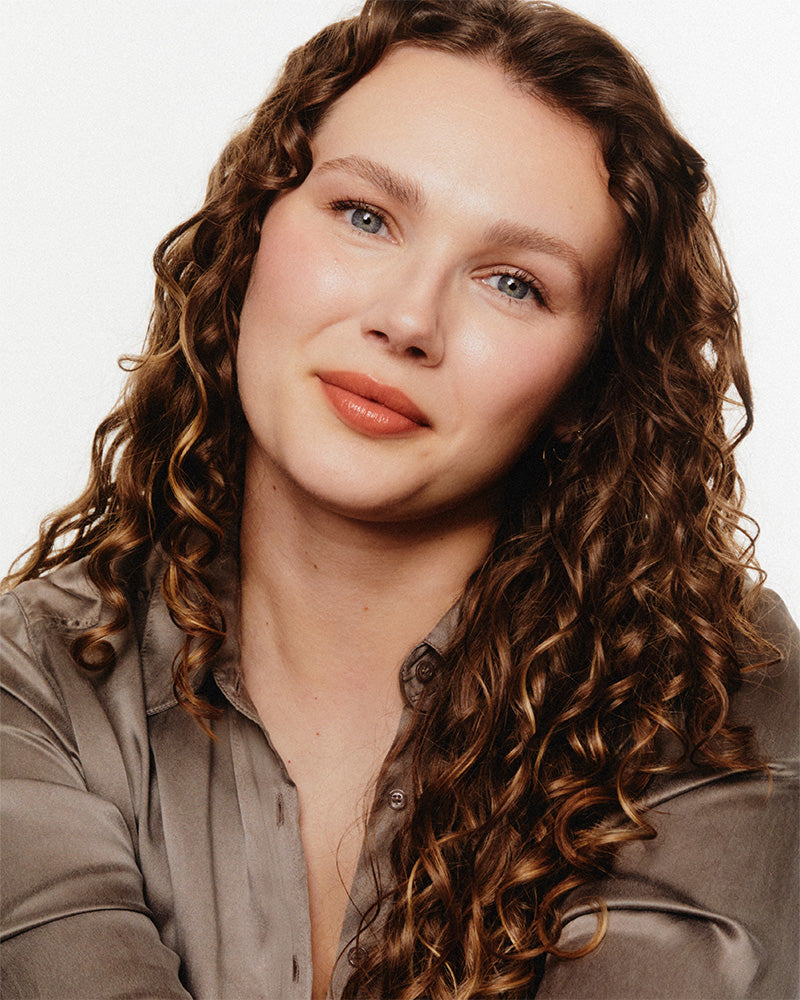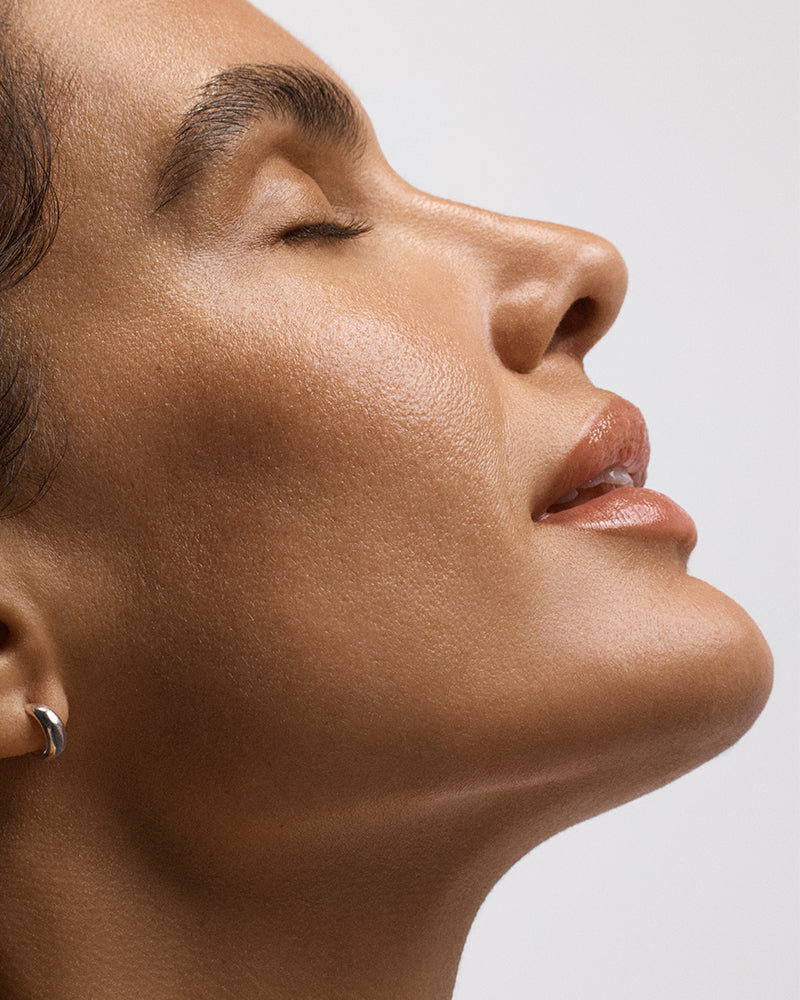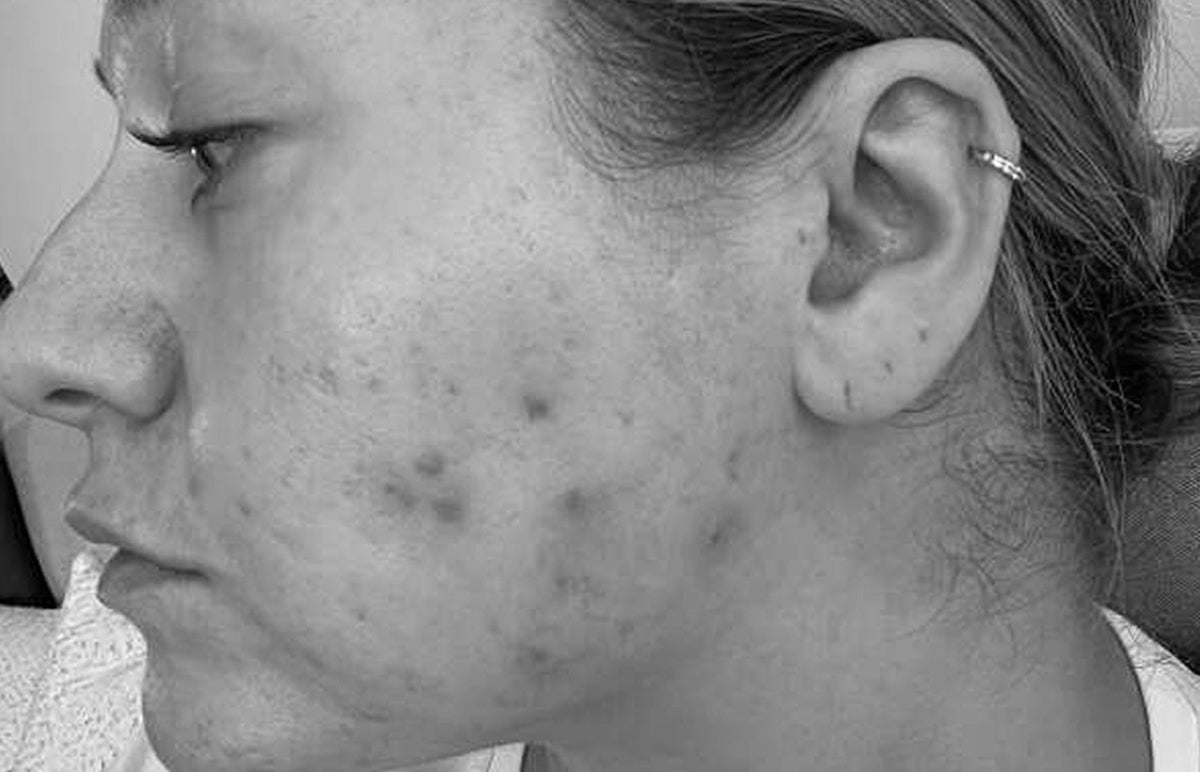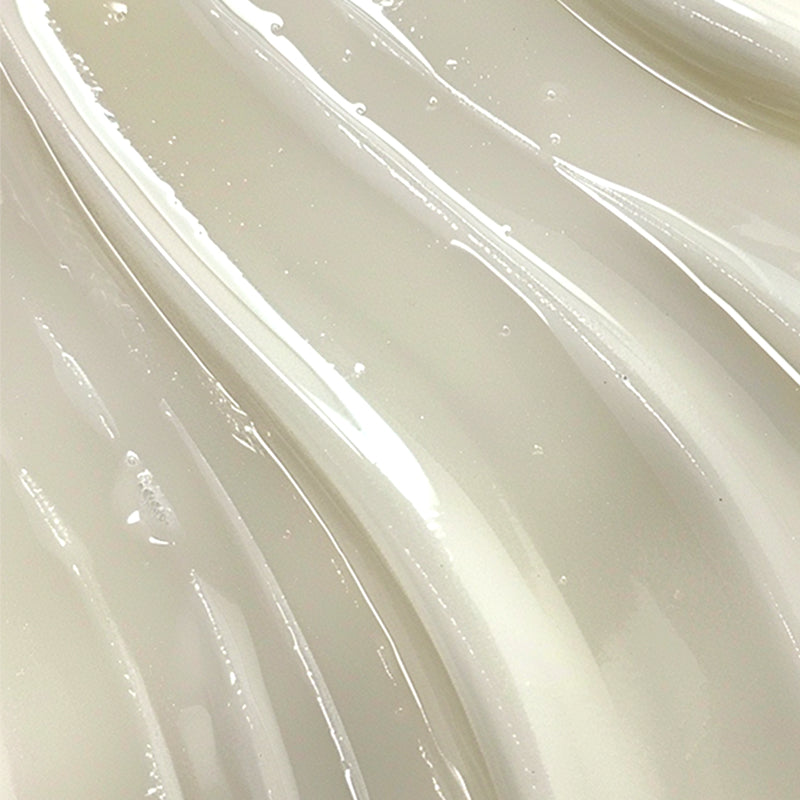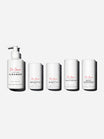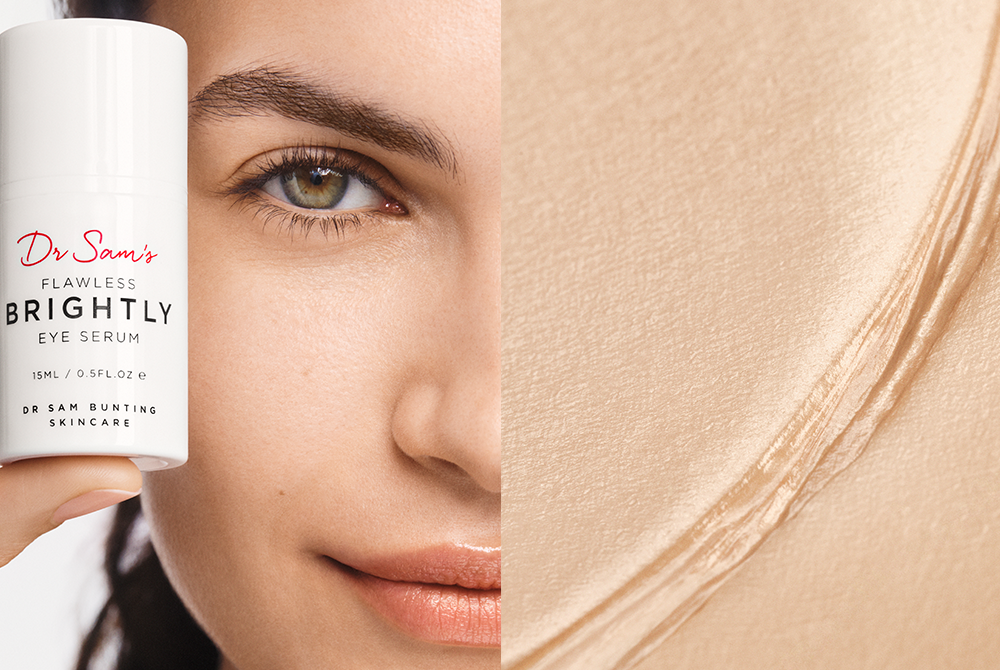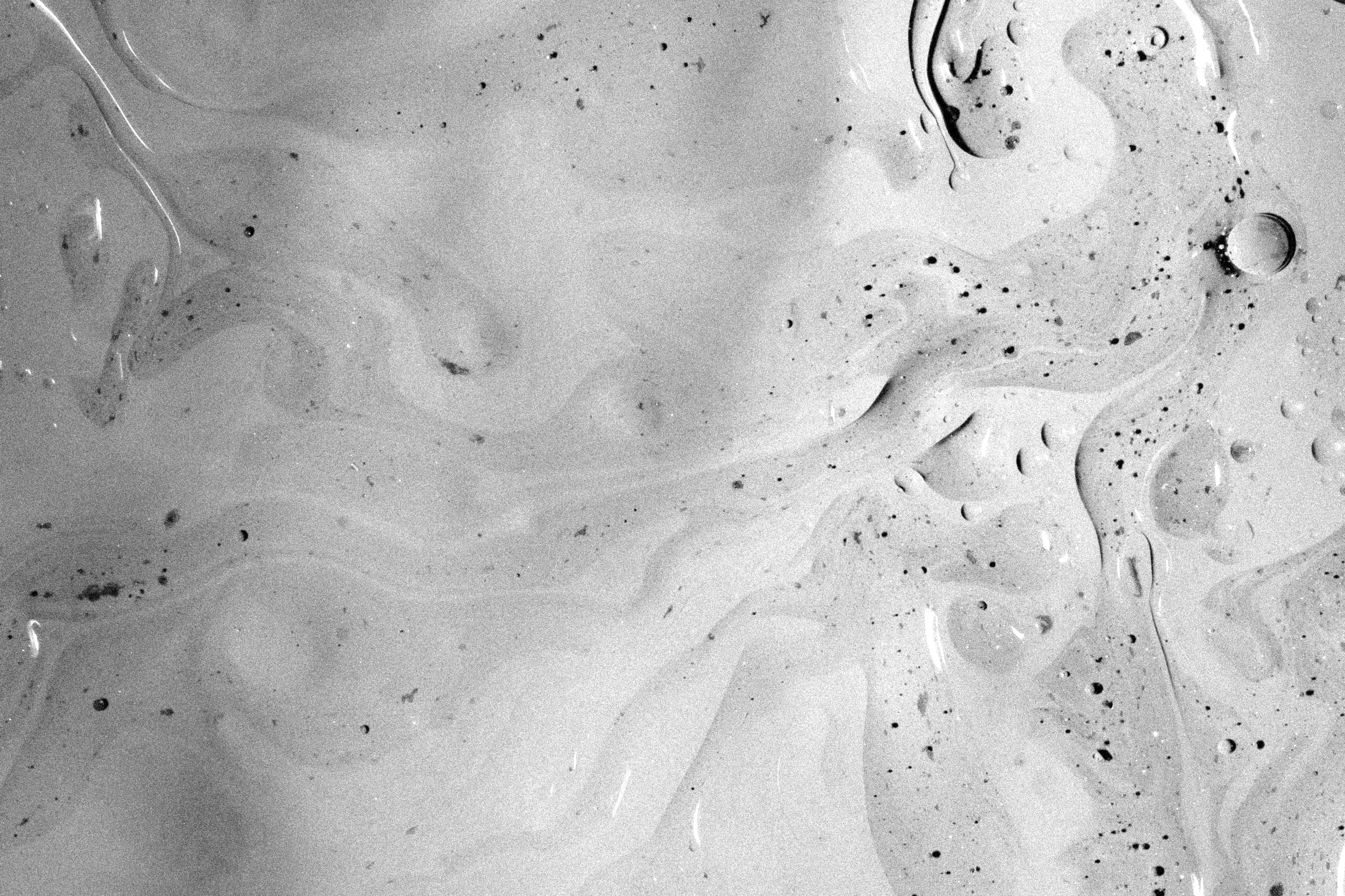Retinoids are the multi-tasking superheroes of skincare. Derived from vitamin A, retinoids can clear pores, smooth lines, boost collagen, improve texture and diminish pigmentation - it’s easy to see how they have fast become a favourite!
Unlike some of the other buzzy active ingredients that now fill our feeds, retinoids are unique in the breadth of their impact. When used topically in skincare, they can speed up cell turnover, resulting in a brighter, smoother textured complexion. They also reduce comedone formation, decreasing the frequency of acne precursor lesions and thus they help prevent disease relapse. Not only that, but they also improve the appearance of hyperpigmentation and thus reduce the appearance of post-inflammatory marks that blemishes leave behind.
With over 120 million searches for retinoids on Google, it can be easy to forget that when it comes to using a retinoid many of us are still just beginning to explore their use and include it into our skin routines. Here are some essential tips to guide you on your retinoid journey and towards improved skin health.
What’s the best retinol?
When it comes to mastering your retinoid approach it’s best to start by stripping everything else out of your routine. Due to the powerful nature of the active ingredient, you want to think about prioritising your retinoid for the first 6 weeks or so. It’s the perfect time to bring your routine back to basics with a gentle cleanser, nourishing moisturiser and broad-spectrum SPF - the Perfected Basics trio is ideal in this scenario.
Finding the best retinoid for you can take some trial and error. The key is to use a concentration that best suits your skin and is in a nourishing formula that helps to neutralise any potential “retinoid uglies” such as dryness or irritation.
Do you need to use SPF with retinol?
Although using broad-spectrum sun protection should already be a daily habit in your healthy skin routine, it is fundamental when using a retinoid. Think of it as a foundational building block that needs to be in place before you start to use your retinoid.
What’s the best way to treat unwanted side effects of retinol?
When starting out with retinoids, it’s important to have a plan for those days when you overdo it - it will happen! Even if you're a seasoned retinoid user, there'll be days when applying your retinoid full-strength onto freshly cleansed skin is going to be too intense. Feel free to apply your moisturiser first to create a buffer between your skin and your retinoids. Once your moisturiser has absorbed, simply apply your retinoid on top. This doesn’t negate the skin benefits of the retinoids but does help prevent unwanted irritation.
What’s the best way to use retinol?
When training for a marathon, you wouldn’t run half a marathon on day one. It’s the same when using a retinoid - think low and slow before increasing usage. Start out with a less frequent application schedule and know what you're building up towards. Two or three times a week is a good place to start and can be built up to daily use if your skin can tolerate it.
As always, the application is key for best results. Using it all over the face allows you to benefit from the brightening, smoothing and pore-clearing results all over. Even if you’re using a retinoid to control acne which is localised to the lower part of the face, don’t be afraid to use it all over to get that additional brightness. This plays a big part in building your skin confidence in the early stages of your treatment journey.
When using active ingredients, you want to be consistent with the amount of product you use. Get to know a dermatology concept called the fingertip unit - a line of cream from the last crease on your finger to the end of the fingertip. When starting out I recommend using no more than half a fingertip amount of product, applied using the 13 Dot Technique allows for an even distribution of product - three dots on the forehead, three on each cheek, two on the nose, two on the chin. I created this method to help you achieve an even layer of product all over and to help steer you away from irritation hotspots around the eye, creases of the nose or the lips and the neck.
When should I start using a retinoid?
During your mid to late 20s is a good time to think about adding a retinoid into your routine. If you suffer from acne you may well start them sooner and stay on one to maintain control of your skin - and that’s absolutely fine.
Situations where we shouldn't use a retinoid are limited to pregnancy and those with skin conditions that retinoids don't suit. Thankfully, there are alternative ingredients that are safe and efficient, such as azelaic acid, a great substitute for retinoids in terms of their overlapping benefits.
Ultimately, retinoids are an investment - they don’t yield results overnight, they can be a little capricious and there’s plenty of nuance to their correct use. But given time and dedication, they will become a skincare essential because of the profound way they affect the skin.

